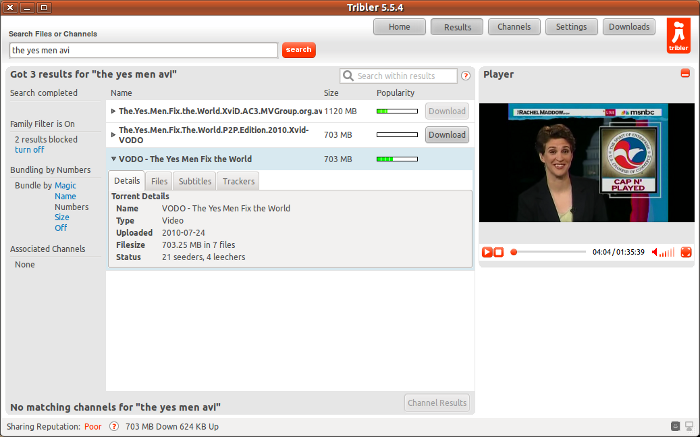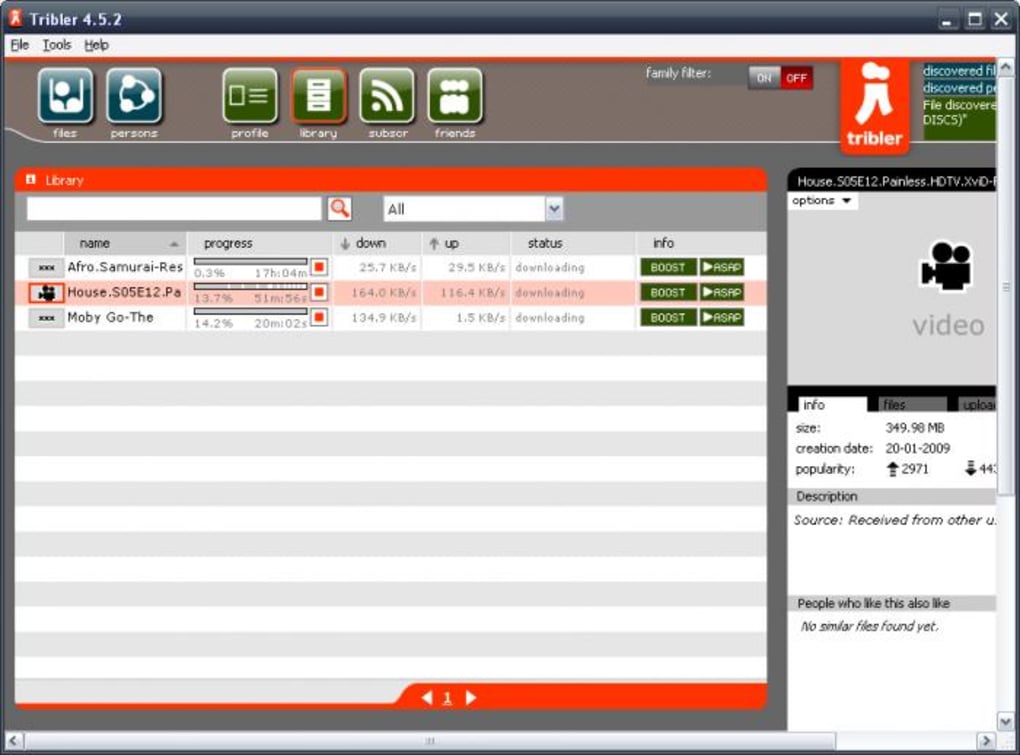
Tamilmani, K., Pai, V., Mohr, A.: SWIFT: a system with incentives for trading. In: Proceedings of Workshop on Economics of Peer-to-Peer Systems (P2PECON’03) (2003) Vishnumurthy, V., Chandrakumar, S., Sirer Karma, E.: A secure economic framework for P2P resource sharing. 25(9), 1612–1626 (2007)Ĭhun, B., Culler, D., Roscoe, T., Bavier, A., Peterson, L., Wawrzoniak, M., Bowman, M.: PlanetLab: an overlay testbed for broad-coverage services. Wu, C., Li, B., Zhao, S.: Characterizing Peer-to-Peer streaming flows. 315–326 (2010)įreeman, L.C.: Centrality in social networks conceptual clarification. In: Proceedings of 9th International IFIP Networking Conference (NETWORKING’10), pp. 313–333 (2010)Ĭhatzidrossos, I., Dán, G., Fodor, V.: Server guaranteed cap: an incentive mechanism for maximizing streaming quality in heterogeneous overlays. In: Proceedings of the ACM/IFIP/USENIX 11th International Conference on Middleware (Middleware’10), pp. Guerraoui, R., Huguenin, K., Kermarrec, A.-M., Monod, M., Prusty, S.: LiFTinG: Lightweight Freerider-tracking in gossip. In: Proceedings of the 8th International Conference on Peer-to-Peer Computing (P2P’08), pp. Silverston, T., Fourmaux, O., Crowcroft, J.: Towards an incentive mechanism for Peer-to-Peer multimedia live streaming systems. In: Proceedings of the 7th USENIX Conference on Networked Systems Design and Implementation (NSDI’10) (2010)

Piatek, M., Krishnamurthy, A., Venkataramani, A., Yang, R., Zhang, D., Jaffe, A.: Contracts: practical contribution incentives for P2P live streaming. In: Proceedings of Workshop on Economics of Peer-to-Peer Systems (P2PECON’03), pp. 1031–1039 (2008)Ĭohen, B.: Incentives build robustness in bittorrent. In: Proceedings of IEEE Conference on Computer Communications (INFOCOM’08), pp. Li, B., Xie, S., Qu, Y., Keung, G., Lin, C., Liu, J., Zhang, X.: Inside the new coolstreaming: principles, measurements and performance implications. In: Proceedings of the 8th USENIX conference on operating systems design and implementation (OSDI’08), pp. Li, H.C., Clement, A., Marchetti, M., Kapritsos, M., Robison, L., Alvisi, L., Dahlin, M.: FlightPath: obedience vs. Zhang, H., Ramchandran, K., Chen, M.: Scaling P2P content delivery systems reliably by exploiting unreliable system resources. Hei, X., Liang, C., Liang, J., Liu, Y., Ross, K.: A measurement study of a large-scale P2P IPTV system.

We also use our model to sketch a mechanism to detect malicious peers that report artificially inflated cooperation aiming at, for example, receiving better quality of service. Our evaluation shows that our model has good accuracy and does not need to be trained too often (e.g., once each 16 min). Our model takes only peer out-degrees as input, as out-degree has the strongest correlation with peer cooperation.

We use this finding to propose a new regression-based model to predict peer cooperation from its past centrality. In this article we use data collected from SopCast, a popular P2P live application, to show that there is high correlation between peer centrality-out-degree, out-closeness, and betweenness-in the P2P overlay graph and peer cooperation.

However, the effectiveness of these applications depends largely on user (peer) cooperation. The Peer-to-Peer (P2P) architecture has been successfully used to reduce costs and increase the scalability of Internet live streaming systems.


 0 kommentar(er)
0 kommentar(er)
